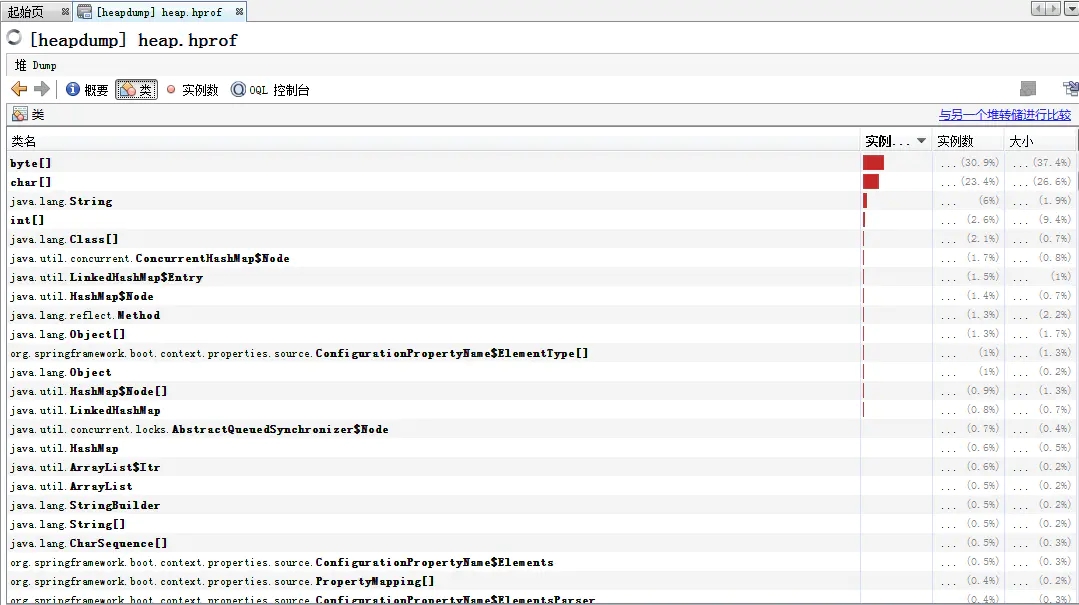1
2
3
4
5
6
7
8
9
10
11
12
13
14
15
16
17
18
19
20
21
22
23
24
25
26
27
28
29
30
31
32
33
34
35
36
37
38
39
40
41
42
43
44
45
46
47
48
49
50
51
52
53
54
55
56
57
58
59
60
61
62
| 1. hashMap的大小始终是2的n次幂
2. 每扩充一次,HashMap 的容量就增大一倍。
3. hashMap的构造方法;
* HashMap():构建一个初始容量为 16,负载因子为 0.75 的 HashMap。
* HashMap(int initialCapacity):构建一个初始容量为 initialCapacity,负载因子为 0.75 的 HashMap。
* HashMap(int initialCapacity, float loadFactor):以指定初始容量、指定的负载因子创建一个 HashMap。
// 以指定初始化容量、负载因子创建 HashMap
public HashMap(int initialCapacity, float loadFactor) {
if (initialCapacity < 0)
throw new IllegalArgumentException("Illegal initial capacity: " +
initialCapacity);
if (initialCapacity > MAXIMUM_CAPACITY)
initialCapacity = MAXIMUM_CAPACITY;
if (loadFactor <= 0 || Float.isNaN(loadFactor))
throw new IllegalArgumentException("Illegal load factor: " +
loadFactor);
this.loadFactor = loadFactor;
threshold = initialCapacity;
init();
}
注意:此处用的java1.7源码,这里并没有在构造函数里面就把容量扩展到
比initialCapacity小的,最小的2的n次方值。
而是在put第一个元素的时候才执行这个操作,保证上述条件1
public V put(K key, V value) {
if (table == EMPTY_TABLE) {
inflateTable(threshold); //扩容到最2的n方
}
...
}
private void inflateTable(int toSize) {
// Find a power of 2 >= toSize
int capacity = roundUpToPowerOf2(toSize);
threshold = (int) Math.min(capacity * loadFactor, MAXIMUM_CAPACITY + 1);
table = new Entry[capacity];
initHashSeedAsNeeded(capacity);
}
增长:
// 将 key、value 添加到 i 索引处
addEntry(hash, key, value, i);
void addEntry(int hash, K key, V value, int bucketIndex) {
// 如果大小超过临界值,容量翻倍
if ((size >= threshold) && (null != table[bucketIndex])) {
resize(2 * table.length);
hash = (null != key) ? hash(key) : 0;
bucketIndex = indexFor(hash, table.length);
}
createEntry(hash, key, value, bucketIndex);
}
void createEntry(int hash, K key, V value, int bucketIndex) {
Entry<K,V> e = table[bucketIndex];
table[bucketIndex] = new Entry<>(hash, key, value, e);
size++;
}
|







